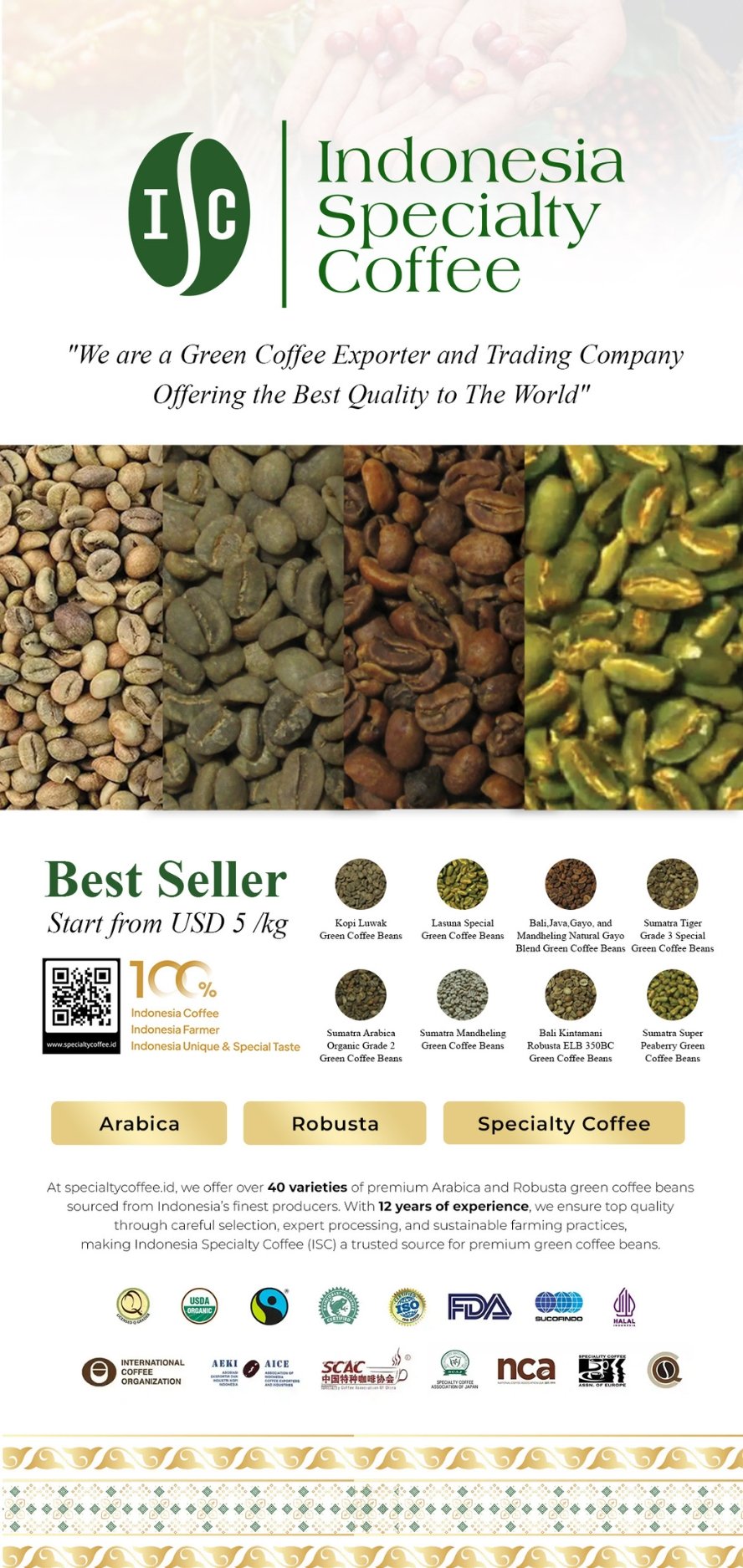Fish breeding in aquaculture plays a crucial role in meeting the global demand for seafood while ensuring sustainability in fish farming. As natural fish populations face challenges such as overfishing and habitat destruction, controlled breeding in aquaculture has become an essential solution to maintain a stable supply of fish.
By breeding fish in a controlled environment, farmers can improve genetic quality, increase production rates, and optimize growth conditions. This method is widely used in commercial fish farming to enhance efficiency and profitability. However, successful fish breeding requires a deep understanding of species selection, breeding techniques, and operational costs.
In this article, we will explore what fish breeding is, its purpose in aquaculture, the benefits it offers, and what is needed to start a successful fish breeding operation.
Contents
- 1 What is Fish Breed?
- 2 The Purpose of Fish Breeding in Aquaculture
- 3 Is Fish Breeding Profitable?
- 4 Benefits of Fish Breeding
- 5 Best Fish Species for Breeding
- 6 Essential Equipment for Starting Fish Breeding
- 7 Operational Costs to Prepare for Fish Breeding
- 8 Partner with FnB Tech for Aquaculture Success
- 9 Conclusion
What is Fish Breed?
Fish breed refers to the process of reproducing fish, either naturally or through artificial techniques, in controlled environments such as pond fish breeding, tanks, or hatcheries. In aquaculture, fish breeding is essential for maintaining a steady supply of fish stock, ensuring genetic diversity, and improving the overall quality of farmed fish.
Fish breed can occur through natural spawning, where fish reproduce under optimal conditions, or through induced breeding, where farmers use hormones or environmental triggers to stimulate reproduction. Fish hatcheries play a crucial role in managing fish breeding by providing a controlled space for eggs to develop into fry before being transferred to grow-out facilities.
The Purpose of Fish Breeding in Aquaculture
Fish breeding in aquaculture serves multiple essential purposes that contribute to the sustainability and profitability of fish farming. Some of the key objectives include:
- Ensuring a Stable Fish Supply – With wild fish populations declining due to overfishing and habitat destruction, aquaculture provides a controlled way to produce fish consistently.
- Improving Genetic Quality – Selective breeding allows farmers to enhance desirable traits such as faster growth rates, disease resistance, and better adaptability to farming conditions.
- Boosting Production Efficiency – By controlling breeding cycles, fish farmers can maintain continuous production and optimize stock availability throughout the year.
- Reducing Dependence on Wild Catches – Sustainable fish breeding reduces the need to harvest fish from the wild, helping preserve natural ecosystems and biodiversity.
- Supporting Economic Growth – The aquaculture industry creates employment opportunities and contributes to food security, making fish breeding a valuable economic activity.
Is Fish Breeding Profitable?
Fish breeding in aquaculture can be highly profitable if managed correctly. The profitability depends on several factors, including the type of fish species chosen, breeding methods, market demand, and operational efficiency. Below are some key aspects that determine whether fish breeding can be a lucrative business:
- Market Demand – High-demand species like tilapia, catfish, and shrimp tend to yield better profits due to their widespread consumption. Researching the local and international market can help identify the most profitable fish species to breed.
- Production Costs vs. Selling Price – Managing costs efficiently, such as feed, equipment, and labor, while maintaining a competitive selling price is essential for profitability. High feed costs can reduce margins, so choosing cost-effective feed solutions is necessary.
- Breeding Efficiency – The ability to control fish reproduction cycles ensures a continuous and steady supply, reducing dependency on wild fish stocks and increasing profit stability.
- Survival Rates – Successful fish breeding requires optimal water quality, proper disease management, and controlled breeding environments to ensure high survival rates among fry and juveniles.
- Scalability and Expansion – Small-scale fish breeding can start with low investment, but expanding operations with more advanced hatchery systems and larger ponds can significantly boost profit potential.
- Government Regulations and Support – In some regions, subsidies, grants, or government programs support aquaculture businesses, reducing operational costs and increasing financial viability.
Overall, fish breeding can be a profitable venture if farmers carefully plan their production, control expenses, and adapt to market trends.
Benefits of Fish Breeding
Fish breeding in aquaculture offers several advantages, both from an economic and environmental perspective. Below are some key benefits of fish breeding:
- Sustainable Seafood Production – By breeding fish in controlled environments, aquaculture reduces reliance on wild fish stocks, helping to prevent overfishing and protect marine ecosystems.
- Higher Yield and Efficiency – Selective breeding allows for improved growth rates, better disease resistance, and optimized feed conversion, leading to higher yields with lower input costs.
- Consistent Supply – Unlike wild fishing, which depends on seasonal availability, fish breeding ensures a steady supply of fish throughout the year, helping to meet market demand.
- Economic Opportunities – Fish breeding creates job opportunities in hatchery management, feed production, and fish processing, contributing to local and global economies.
- Better Quality Control – In aquaculture, farmers can control water quality, nutrition, and breeding conditions, ensuring healthier and safer fish for consumers.
- Adaptability to Different Environments – Fish breeding can be done in freshwater, brackish water, or marine environments, making it a versatile industry suitable for different regions.
Best Fish Species for Breeding
Selecting the right fish species for breeding is crucial for the success of an aquaculture business. Some species are easier to breed and grow faster, making them ideal choices for both small-scale and commercial fish farming. Below are some of the best fish species for breeding in aquaculture:
- Tilapia – One of the most widely farmed fish due to its rapid growth, adaptability to various water conditions, and high market demand. It is a hardy species that can thrive in different environments.
- Catfish – Known for its resilience and fast growth, catfish breeding is profitable due to its high survival rate and strong consumer demand in many regions.
- Carp – A highly adaptable species that can be bred in ponds, lakes, and tanks. Carp breeding is popular in Asia and Europe due to its high reproduction rate.
- Salmon – Although more complex to breed, salmon farming is highly profitable. It requires precise temperature control and advanced hatchery systems.
- Shrimp – A lucrative option for aquaculture, shrimp breeding requires specialized water management but offers high export value.
- Grouper – Valued for its premium market price, groupers require controlled breeding environments, but the investment can be highly rewarding.
- Milkfish – Commonly farmed in Southeast Asia, milkfish is a resilient species that adapts well to brackish and saltwater environments.
Choosing the right fish species depends on factors such as water availability, market demand, and farming infrastructure.
Essential Equipment for Starting Fish Breeding
To establish a successful fish breeding operation, investing in the right equipment is crucial. Below are some essential items needed to start fish breeding in aquaculture:
- Breeding Tanks or Ponds – Depending on the scale of the operation, fish can be bred in controlled tanks, earthen ponds, or recirculating aquaculture systems (RAS).
- Water Filtration and Aeration System – Ensures optimal water quality by maintaining oxygen levels, removing waste, and preventing harmful bacteria from thriving.
- Fish Hatchery Equipment – Includes incubators, hatching trays, and breeding nets to provide a safe environment for fish eggs and larvae.
- Water Quality Testing Kits – Essential for monitoring pH levels, ammonia, nitrate, and oxygen content to maintain a healthy breeding environment.
- Fish Feed and Feeding Equipment – Proper nutrition is crucial for fish growth. Automated feeders can help maintain a consistent feeding schedule.
- Lighting and Temperature Control – Some fish species require controlled lighting and temperature conditions to stimulate breeding.
- Sorting and Harvesting Tools – Nets, grading boxes, and tanks for sorting fish based on size and health condition.
- Disease Prevention and Treatment Kits – Includes antibiotics, disinfectants, and quarantine tanks to prevent and manage fish diseases.
- Backup Power Supply – Ensures uninterrupted operation of filtration, aeration, and temperature control systems in case of power outages.
Proper equipment investment ensures efficiency, higher survival rates, and better overall fish health.
Operational Costs to Prepare for Fish Breeding
Starting and maintaining a fish breeding operation involves several operational costs. Understanding these expenses is essential for planning a sustainable and profitable business. Below are the main cost components in fish breeding:
- Infrastructure and Facility Costs – Setting up fish ponds, tanks, or recirculating aquaculture systems (RAS) requires significant initial investment. The cost depends on the scale and type of breeding system used.
- Water and Electricity Costs – Water circulation, aeration, filtration, and temperature control systems require continuous power, contributing to monthly operational expenses.
- Fish Fingerlings or Broodstock – High-quality fingerlings or broodstock are essential for a successful breeding program. The cost varies depending on the fish species and their breeding potential.
- Fish Feed and Nutrients – Feed costs make up a large portion of operational expenses. High-quality feed ensures optimal growth and better survival rates. Some farmers also invest in supplementary or homemade feed to reduce costs.
- Labor Costs – Hiring skilled workers for fish monitoring, feeding, maintenance, and disease management adds to operational expenses. Labor costs vary based on farm size and location.
- Water Treatment and Disease Prevention – Regular water testing, medication, and disease control measures are necessary to maintain fish health and prevent mass mortality.
- Licensing and Regulatory Fees – Some regions require permits and compliance with environmental regulations, which may include fees for water usage, waste management, and aquaculture operations.
- Maintenance and Repairs – Regular maintenance of equipment, tanks, and water systems is necessary to prevent breakdowns and ensure efficiency.
- Marketing and Distribution Costs – Promoting and selling farmed fish involves transportation, packaging, and marketing expenses to reach potential buyers and markets.
Proper budgeting and cost analysis help ensure a profitable and sustainable fish breeding business.
Partner with FnB Tech for Aquaculture Success
Setting up a successful fish breeding operation requires the right resources, expertise, and strategic planning. FnB Tech is a trusted partner in aquaculture, offering comprehensive solutions to help you achieve long-term success in fish breeding.
Why Choose FnB Tech?
- Land Leasing Services – Finding the right location for fish breeding can be challenging. FnB Tech provides land leasing solutions tailored for aquaculture needs, ensuring access to optimal water sources and environmental conditions.
- Expert Consultation – With a team of aquaculture specialists, FnB Tech offers expert guidance on fish breeding techniques, water management, disease prevention, and operational efficiency.
- Investment Opportunities – FnB Tech connects investors from various countries with promising aquaculture businesses, fostering growth and innovation in the industry.
- Sustainable Aquaculture Practices – Emphasizing eco-friendly and efficient fish farming, FnB Tech helps clients implement sustainable methods to minimize waste and maximize productivity.
- Custom Aquaculture Solutions – Whether you are a small-scale breeder or running a large commercial operation, FnB Tech tailors its services to meet your specific needs.
By partnering with FnB Tech, fish breeders gain access to essential resources, industry expertise, and strategic support to enhance their aquaculture technology business.
Conclusion
Fish breeding in aquaculture is a profitable and sustainable method of producing high-quality fish for commercial and ecological purposes. By understanding the essential aspects of fish breed, including its objectives, profitability, best species, necessary equipment, and operational costs, breeders can optimize their farming practices for long-term success.
Investing in the right infrastructure, maintaining water quality, and selecting suitable fish species are critical factors that determine the success of a breeding operation. Additionally, proper financial planning and strategic partnerships, such as collaborating with FnB Tech, can further enhance efficiency and profitability in aquaculture.
With the rising global demand for seafood, fish breeding presents a promising opportunity for farmers and investors alike. By implementing best practices and leveraging expert guidance, fish breeders can contribute to sustainable aquaculture while maximizing their returns.









